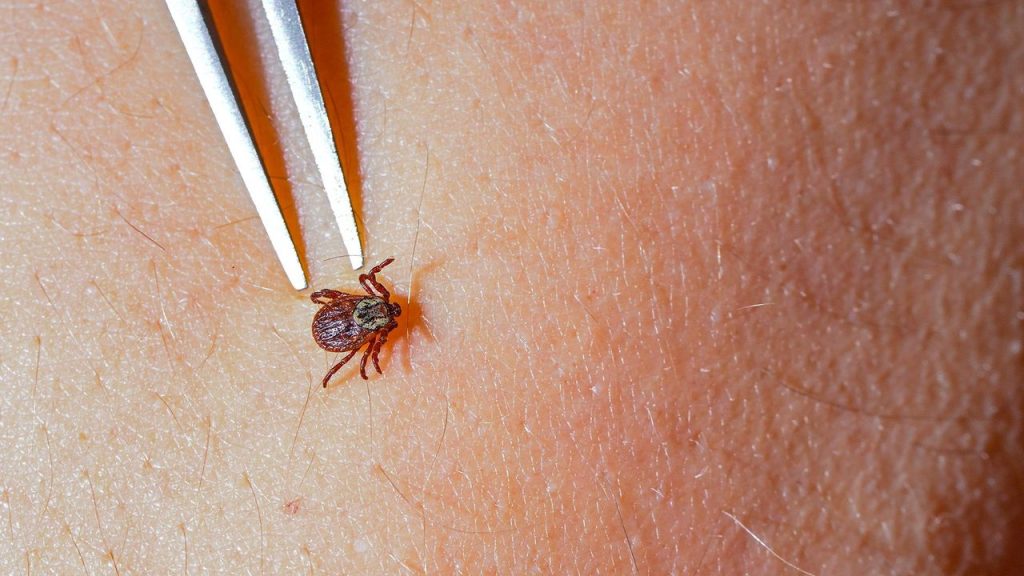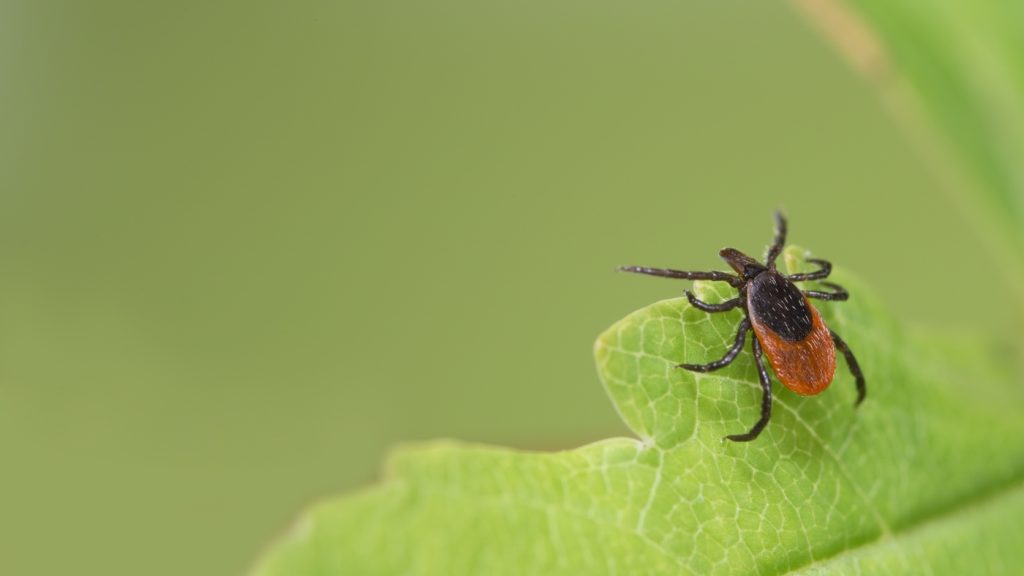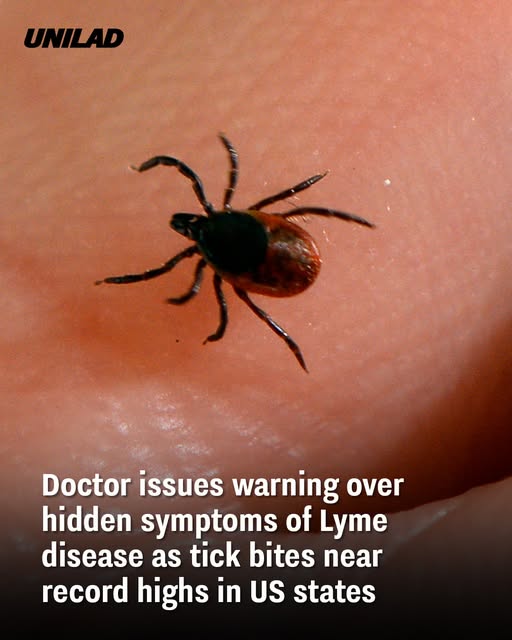Doctors and health officials are raising the alarm as emergency room visits due to tick bites reach their highest levels since 2017–19. In May, June, and early July 2025, visits soared, especially across the Northeast, with the CDC confirming record-breaking levels for this time of year
Why Are Tick Encounters Surging?
A milder winter and wetter spring have created ideal conditions for ticks to thrive. These weather shifts, fueled by climate change, have extended their active season and allowed populations to boom 30–40% over last year. The Fordham Tick Index—covering New York, New Jersey, and Connecticut—hit 9/10 around early July, indicating very high bite risk.

Who Is Most at Risk?
Children under 10 and adults over 70 are the most affected groups, accounting for the highest ER visit rates. The seasons and locations—woods, fields, golf courses, gardens, and urban parks—have made tick exposure a universal concern this summer.
Ticks You Should Know
Blacklegged (deer) tick – primary Lyme disease carrier; also spreads anaplasmosis, babesiosis, and Powassan virus. Lone star tick – associated with alpha‑gal syndrome (red‑meat allergy), which is increasing in reach. American dog tick – transmits Rocky Mountain spotted fever and other serious illnesses.
Hidden Dangers: Symptoms to Watch
Lyme disease is especially stealthy—ticks often bite without alerting victims, thanks to anesthetic saliva. A classic “bull’s‑eye” rash appears in some but not all cases. When symptoms show—ranging from fever, headache, muscle pain, fatigue to neurological issues such as Bell’s palsy or meningitis—they typically emerge 3–30 days post-bite. Other illnesses like anaplasmosis, babesiosis, Rocky Mountain spotted fever, and Powassan virus can also emerge. Powassan virus is notably aggressive, capable of transmitting in as little as 15 minutes.
What To Do: Tick Removal and Medical Advice
Immediate removal is key: use fine-tipped tweezers or tick keys, grasping near the skin and pulling straight out. Avoid home remedies like matches or nail polish. Act fast: SDisease transmission risk rises after ~24 hours, so no need to panic if found sooner, but prompt response helps. Seek care if needed: If the tick was attached for over a day, or symptoms emerge, consult a doctor. Some may prescribe prophylactic doxycycline within 72 hours; otherwise, typical Lyme treatment lasts 10–14 days.
Prevention Tips: Stay Tick-Savvy
Use EPA-approved repellents containing DEET, picaridin, oil of lemon eucalyptus. Wear permethrin-treated clothing or treat gear yourself; effective through multiple washes. Dress for defense: long sleeves, pants tucked into socks, light-colored clothing to spot ticks. Avoid tick habitats: tall grass, leaf litter, edges of trails; stick to clear paths. Conduct thorough outdoor checks: once outside, examine yourself, children, and pets—focus on scalp, behind ears, underarms, groin. Shower and wash clothes on hot after outdoor activity to rinse off unattached ticks.

Final Word
With tick bites and tick-borne diseases spiking, public awareness and prompt response are essential. There’s no vaccine for Lyme or many other tick-pathogens—prevention, early detection, proper removal, and timely treatment remain our best defenses. Stay alert this summer and protect yourself and your loved ones from these tiny yet dangerous parasites.

















